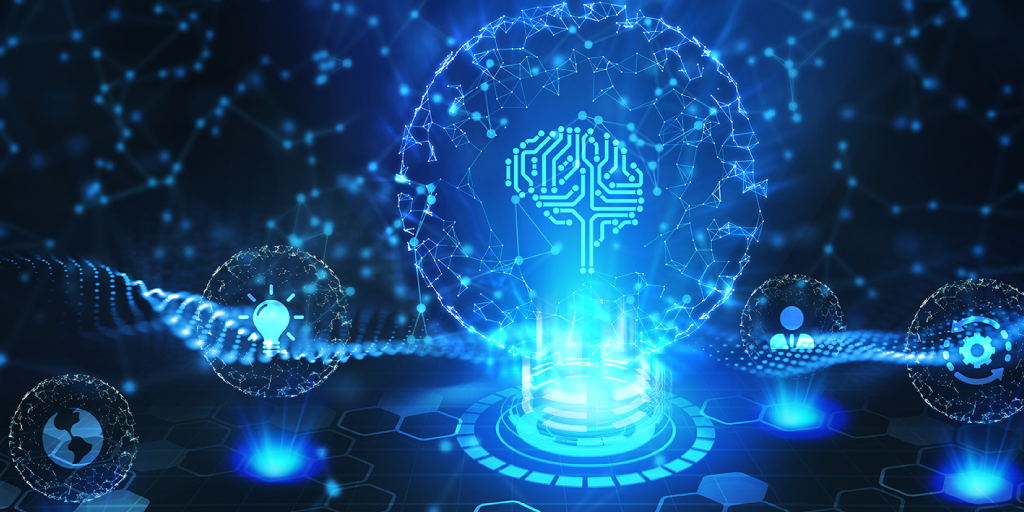
Creativity is the main differentiator that separates humans from machines. As people, we face daily obstacles requiring creative solutions and problem-solving abilities. Humans contextualize situations, think metaphorically, and discover new ways of improving life - characteristics machines typically lack.
Methodical focus is the antithesis of creativity. People must be able to respond to situations logically and rationally to avoid chaos and uncertainty. Humans' problem-solving abilities closely resemble artificial intelligence, but new research suggests machines may also display creative tendencies.
Current figures predict robotic automation and AI will take over 800 million jobs globally by 2030. Although many positions are menial and repetitive, machines may also one day thrive in creative industries.
Human Creativity vs. Machine Creativity
AI and machines rely upon neural networks and statistical regression but tend to struggle with abstract forms of learning. Human innovation is driven by social connections and relationships, which is a crucial missing feature of AI learning. Due to their inability to adjust to social norms and interactions, AI becomes highly inefficient beyond the realm of datasets.
AI can mimic or replicate creativity but is highly reliant on data and programmable language. Although this can appear similar to human intelligence, AI still cannot create new forms of organic creative content.
Natural Language Generation (NLG)
Natural Language Generation (NLG) is a form of software processing that transforms structured data into natural language. Companies often use it to produce content for web-based or mobile applications.
MIT has developed a creative writing program known as Shelly. Using social media and web-based articles, Shelley collaborates with users to author unique horror stories. Google has created a similar program known as PoemPortraits, which generates unique poems using a single word suggestion.
Although these programs show promise, AI mainly provides recommendations to human creators. While human creativity lends itself to messiness and disorganization, AI is highly dependent upon organization and pattern recognition techniques.
How AI Can Enhance Creativity
Machines may be unable to paint brilliant art pieces or write literary masterpieces, but AI may still provide humans with various creative assistance. Machines help people reimagine creative processes and generate future growth opportunities.
Here are some ways technology can encourage creative thinking:
- Improving time and efficiency: machines can expedite tedious, monotonous duties allowing humans to better focus on highly intellectual tasks. Additional free time means humans can allocate more resources toward creative tasks.
- Combining human and AI intelligence: using both human and AI creative techniques, businesses and individuals can operate more efficiently. Machines can become involved in design, productivity, and marketing, helping humans to thrive in everyday work.
- Using AI in the future: businesses often face creative challenges, but humans and AI can work together to improve efficiencies and time allocation. Organizations should use AI capabilities to help expedite routine daily duties, if possible. Eventually, machines may be able to perform complex, abstract, and creative tasks.
AI continues to have a profound impact on professional life, education, and human society. As machines continue to learn and grow, they'll also positively impact from a creative perspective.
How AI and Humans can work Together Creatively
The future potential of AI is limitless with new advancements and innovations being realized daily. As we continue pushing creative boundaries moving forward, humans and AI must work together to achieve future goals and objectives. Bitvore improves the decision-making abilities of organizations by delivering humans quantifying previously unquantifiable unstructured data.
For additional information on how Bitvore can improve your business efficiencies, check out our latest white paper for more details: Using Sentiment Analysis on Unstructured Data to Identify Emerging Risk.

